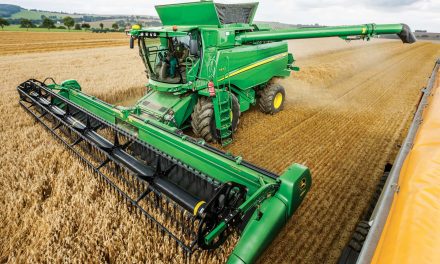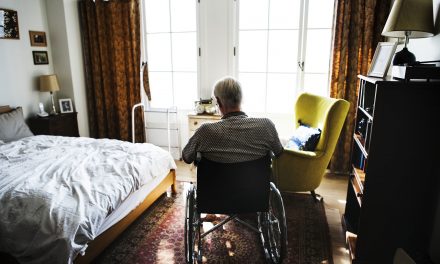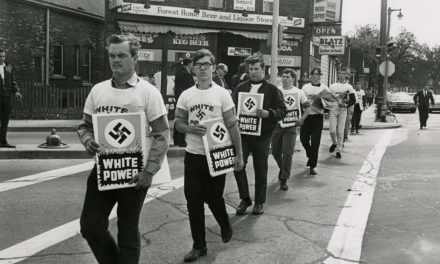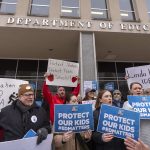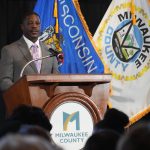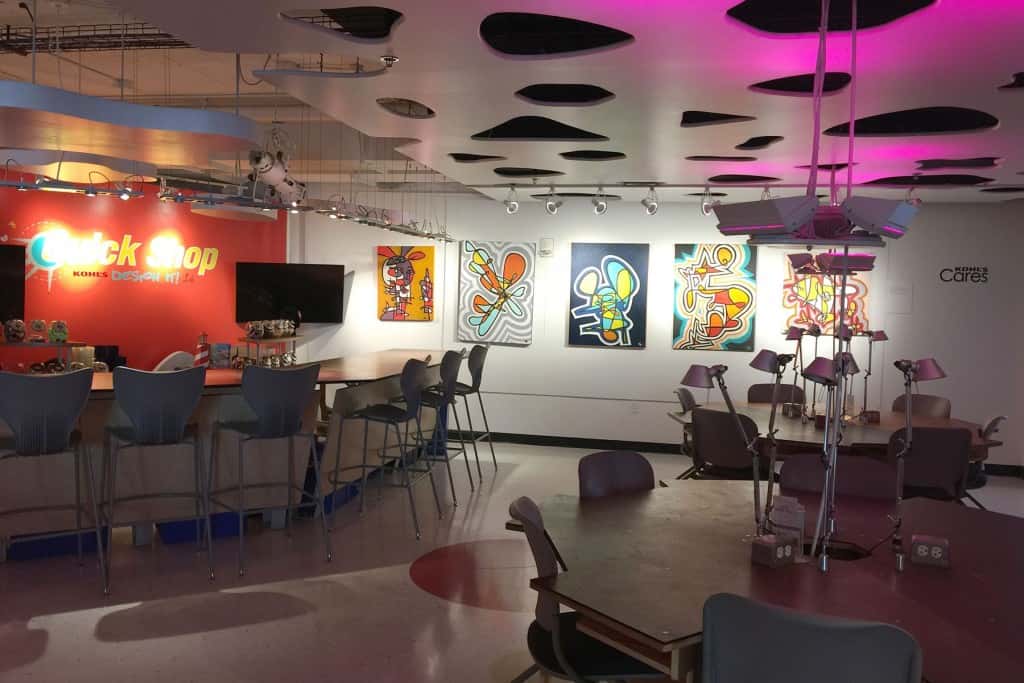
By Michael Traugott, Research Professor at the Center for Political Studies, University of Michigan
Polls have become an essential part of the news, particularly in the run-up to an election.
Reports on polls feed into what’s often called “horserace coverage” – who is ahead or behind, whether the candidates’ relative standing has changed since the last poll, and what their chances are of winning on election day. What the reporting on polls doesn’t reveal is anything substantive about a candidate’s position.
The emphasis on horserace coverage means that, in the short term, there is a lost opportunity to keep voters informed about issues and policy rather than the candidates’ standing. In the longer term, it can have a negative effect on how democracy works.
Increasing focus
There has undoubtedly been an increase in the number of polls being conducted and reported, though quantifying that increase is complicated. News organizations turned to the use of polls during a period of “precision journalism” that emphasized statistics and data-based reporting.
Over the years, data collection has shifted away from telephone calls to web surveys using technology like computerized dialing systems associated with interactive voice recording (IVR) devices to ask questions and record answers on touch-tone phones.
That has meant that polls are easier to conduct at lower costs, although sometimes they produce lower-quality data. And it also means that local news organizations can often sponsor polls on local topics of interest conducted by people without formal training in survey methods.
Making comparisons over time is difficult, but some researchers have tried – for example, by narrowing their focus to national-level polls employing live interviewers conducted in an election year. These studies show a slow but noticeable increase in the number of such polls, from 17 in 1952 to 308 in 2016. The sharp increase in 1980 comes after news organizations began conducting their own polls using telephones.
This is clearly an undercount of the public’s exposure to references to polling data, because the study omits polls conducted with state or local samples, polls conducted online and by IVR, and polls about issues other than presidential electoral politics.
Another line of research has looked at references to polls in campaign coverage. This has also found a doubling of the use of the phrases “polls show” or “polls say” across a common set of news sources since 2000. During a presidential election year, the number of such references is now in the tens of thousands.
Changing news coverage
As the media focus more on these dynamics of the campaign, there has been a decline in coverage of the candidates’ issue positions and how the public is responding to them.
A study of the 2016 presidential campaign found that, in five major newspapers, almost half of each candidate’s coverage focused on the horse race (43% for Hillary Clinton and 42% for Donald Trump), much more than was devoted to their policy stands (9% for Clinton and 12% for Trump). This trend has been going on since the 1970s, when voters received most of their news from print journalism and the candidates’ ads.
While the public is exposed to more data, it is not learning a lot about who the candidates are and where they stand on policy. As a result, there is an important information loss, because the campaign is one of the brief periods when citizens become interested in politics and pay attention.
Voters’ views
Research shows that partisans become more enthusiastic when their candidate is ahead and less enthusiastic when their candidate is trailing. This can mean people are less willing to participate in the next poll when their candidate isn’t performing well. With such differences in who participates from one poll to the next, this can make the contest appear more volatile than it actually is.
Exposure to poll-based coverage can make some people more likely to vote for whoever is leading – a bandwagon effect. It also might make them more likely to vote for the one who is trailing – an underdog effect. Research has shown that both effects are likely to occur simultaneously during the campaign.
That makes it very difficult to study them while the campaign is going on, because these effects would offset each other. However, there is substantial experimental evidence collected in the lab and in surveys showing that these effects do occur.
Perhaps the most important consequence of horserace coverage laced with poll results is that it decreases trust in government. Because the coverage focuses on the politicians’ self-interest in winning the nomination or getting elected and not on their policy positions, voters get the sense that candidates are out for their own good, without the voters’ interests in mind.
Originally published on The Conversation as Americans are drowning in a sea of polls
Support evidence-based journalism with a tax-deductible donation today, make a contribution to The Conversation.


